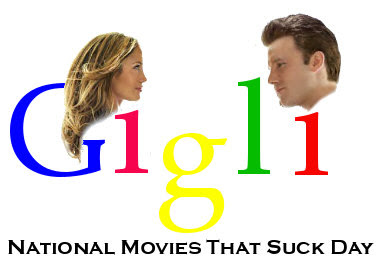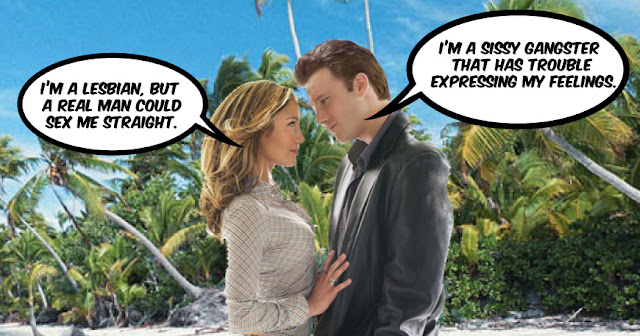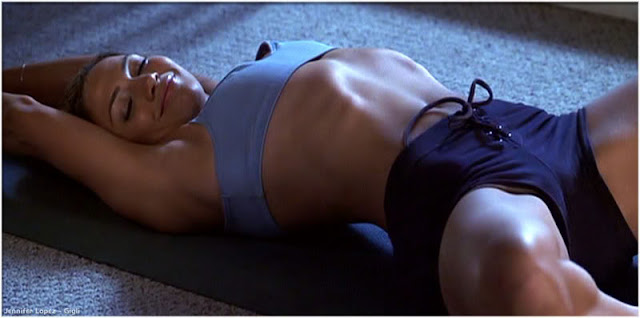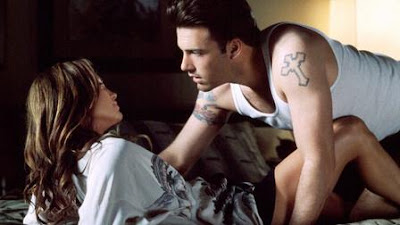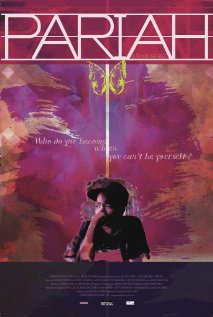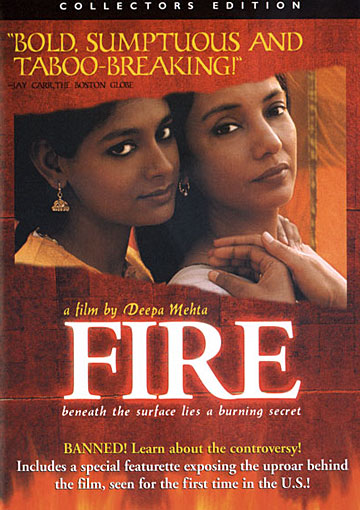 |
| Fire (1996) |
Fire is the first film in
Deepa Mehta’s Elements Trilogy (
Earth and
Water follow). Made in 1996, it focuses on a middle-class family in present-day (funny how I still think of the 1990s as “present day,” despite the global changes of the past fifteen years) India.
The film centers around two married couples–Ashok (
Kulbhushan Kharbanda) and his wife Radha (
Shabana Azmi), and Ashok’s brother Jatin (
Javed Jaffrey) and his wife Sita (
Nandita Das)–who run a carryout restaurant and video store, and who share a home with the brothers’ mother, Biji (
Kushal Rekhi), and their employee, Mundu (
Ranjit Chowdhry). Jatin and Sita are newlyweds, but we quickly learn that Jatin loves another woman (Julie, a Chinese-Indian woman who has perfected an American accent and dreams of returning to Hong Kong), and married a “traditional Indian woman” out of pressure from his brother and mother.
The film offers the womens’ perspectives on the conflicts between desire and duty, and between tradition and the realities of a modern India.
As with almost any film centering on family drama and dynamics, we see the tensions simmering beneath the surface as the film focuses on the two women and their lack of fulfillment from their marriages. Mehta, in the DVD’s Director’s Notes for Fire, states,
I wanted to make a film about contemporary, middle-class India, with all its vulnerabilities, foibles and the incredible extremely dramatic battle that is waged daily between the forces of tradition and the desire for an independent, individual voice.
More than 350 million Indians belong to the burgeoning middle-class and lead lives not unlike the Kapur family in Fire. They might not experience exactly the same angst or choices as these particular characters, but the confusions they share are very similar–the ambiguity surrounding sexuality and its manifestation and the incredible weight of figures (especially female ones) from ancient scriptures which define Indian women as pious, dutiful, self-sacrificing, while Indian popular cinema, a.k.a. “Bollywood”, portrays women as sex objects (Mundu’s fantasy).
To capture all this on celluloid was, to a large part, the reason I wanted to do Fire. Even though Fire is very particular in its time and space and setting, I wanted its emotional content to be universal.
Sita learns very early in her marriage that her husband is in love with Julie–he doesn’t hide the relationship from her–and she seeks solace and comfort from Radha. Radha hasn’t been intimate with her husband in 13 years; when Ashok learned she was unable to conceive, he sublimated his desires (and began channeling a good bit of their income) into religious study with his swami. The friendship between Sita and Radha soon evolves into a sexual relationship, and when the women are found out by their family, they must decide whether to obey tradition or follow their hearts.
 |
| Radha and Sita |
The film explores what traditional marriage has done to alienate these women–particularly Radha–from their own desires. The desire for intimacy and sex, sure, but also the desire to live their lives for themselves, rather than for their husbands. My reading of the film is certainly from a Western perspective, however, and you could argue that the film is about discovering desire (rather than reconnecting to it after a period of alienation), since the traditional, conservative Hindu/Indian culture didn’t allow much–if any–space for individual desire for women. Sita embodies changes in the society, as she comes from a traditional family, but is more critical of the traditional rituals and more in touch with her body and her desires. (When we first meet her, for example, she playfully tries on her new husband’s pants and dances around their bedroom, unashamed of her body.) Sita is also the one who initiates a physical relationship with Radha.
Depicting a lesbian relationship on film fifteen years ago proved hugely controversial, and
Fire was immediately banned in Pakistan, and soon after pulled from Indian cinemas for religious insensitivity. Although the film twice passed the Indian censor board–they requested no editing, and no scenes removed–violent protests caused movie houses to stop showing the film. In
“Burning Love,” Gary Morris writes,
The reaction of some male members of the audience was so violent that the police had to be called. “I’m going to shoot you, madam!” was one response. According to Mehta, the men who objected couldn’t articulate the word “lesbian” — “this is not in our Indian culture!” was as much as they could bring themselves to say.
It isn’t only the tangible pleasures of a lesbian relationship that created such heated reactions, though that’s certainly the most obvious reason. This beautifully shot, well-acted film is a powerful, sometimes hypnotic critique of the rigid norms of a patriarchal, post-colonial society that keeps both sexes down.
The controversy surrounding the film may have superseded the film itself–which is beautifully shot, heartbreaking, and even darkly comedic at times. Fire contains so many elements that I love in film: strong female characters, an exploration of complex issues that is never oversimplified and that never leads to individuals being labeled good or evil (although they certainly behave in good and/or evil ways), and immersion into a culture that isn’t entirely familiar to me. Speaking to a Western audience, Mehta has stated that one of her goals in filmmaking is to “demystify India,” its culture and its traditions. Fire complicates our understanding of a traditional patriarchal culture, and throws into sharp relief the ways these traditions impact women in particular.
Again, here’s Mehta on Fire:
We women, especially Indian women, constantly have to go through a metaphorical test of purity in order to be validated as human beings, not unlike Sita’s trial by fire.
I’ve seen most of the women in my family go through this, in one form or another. Do we, as women, have choices? And, if we make choices, what is the price we pay for them?
***
There is a ton of information online about Fire. Here are some selected articles for further reading:
